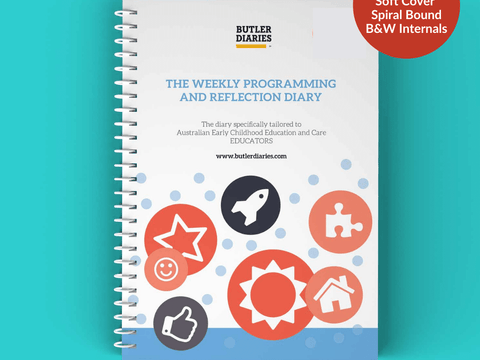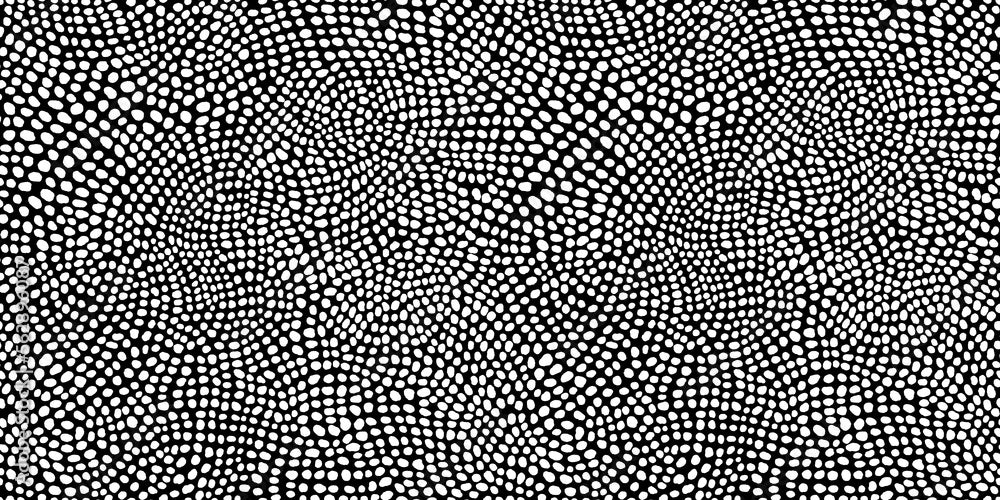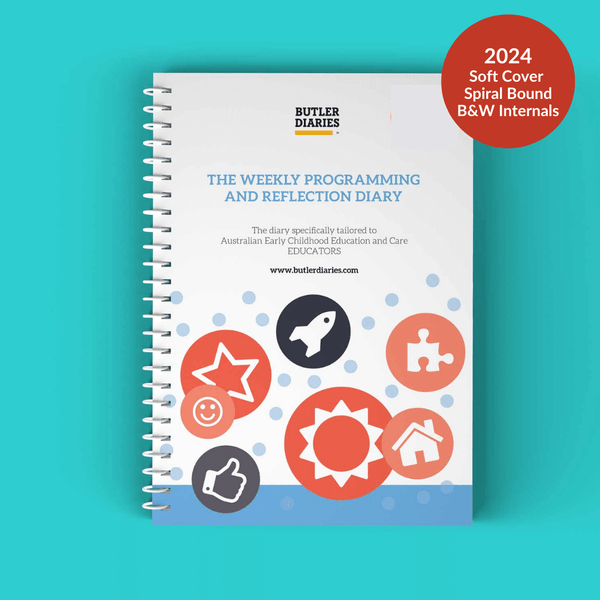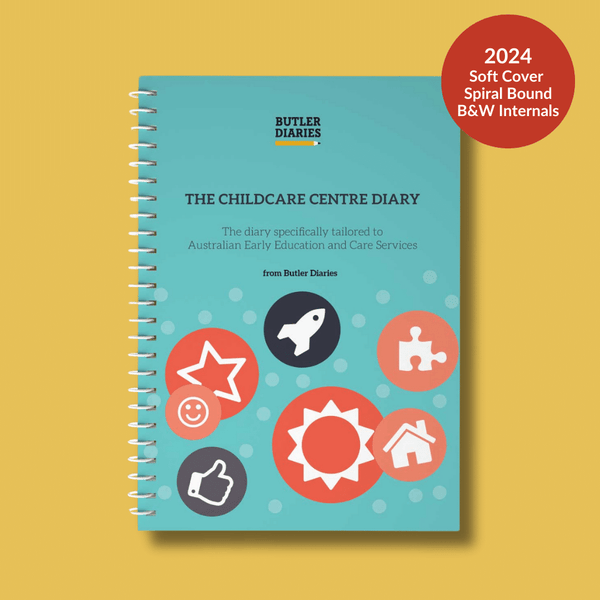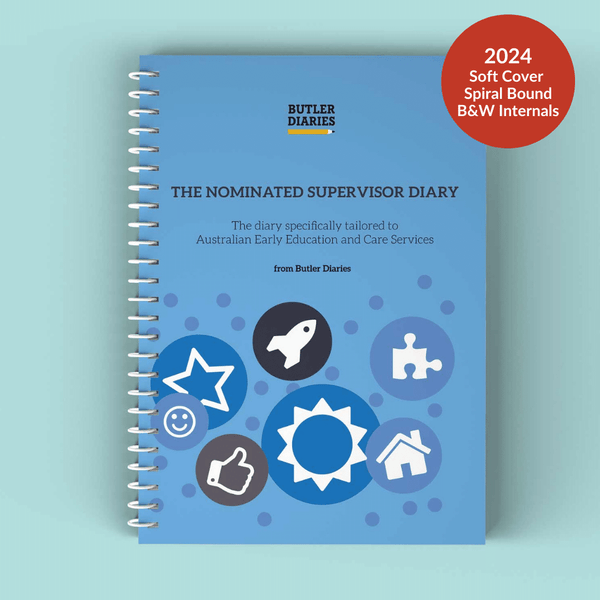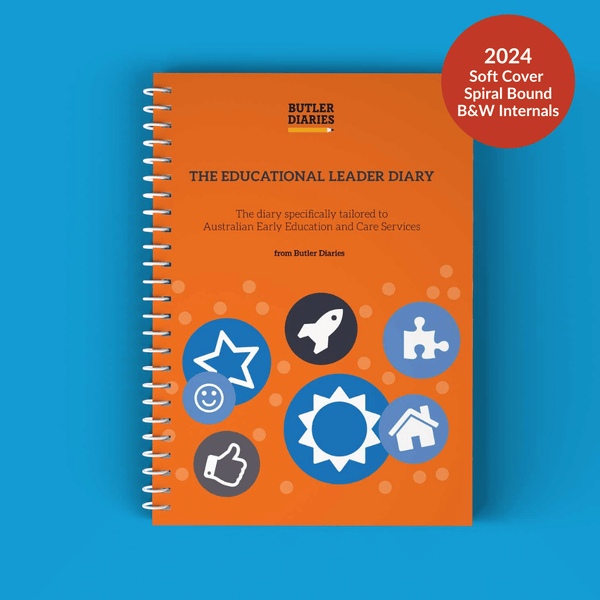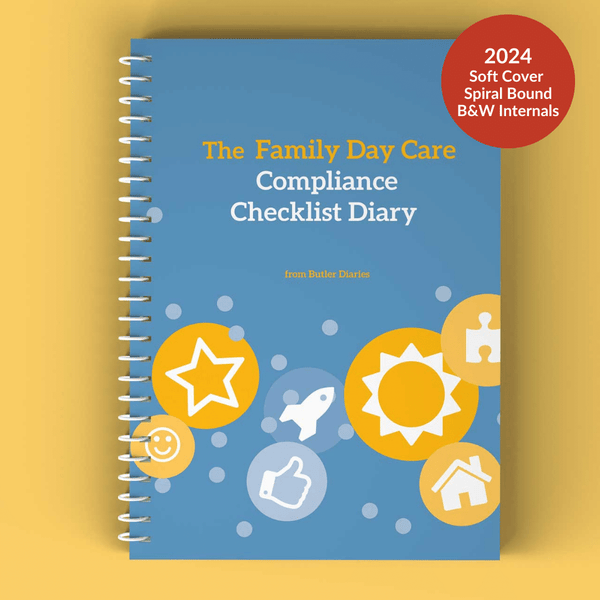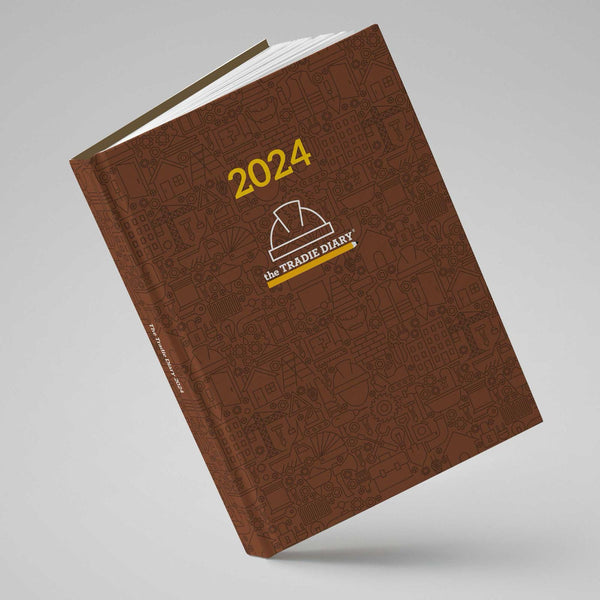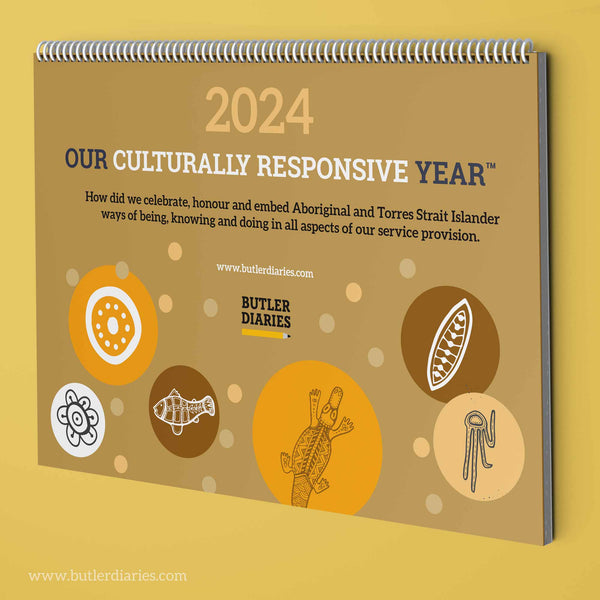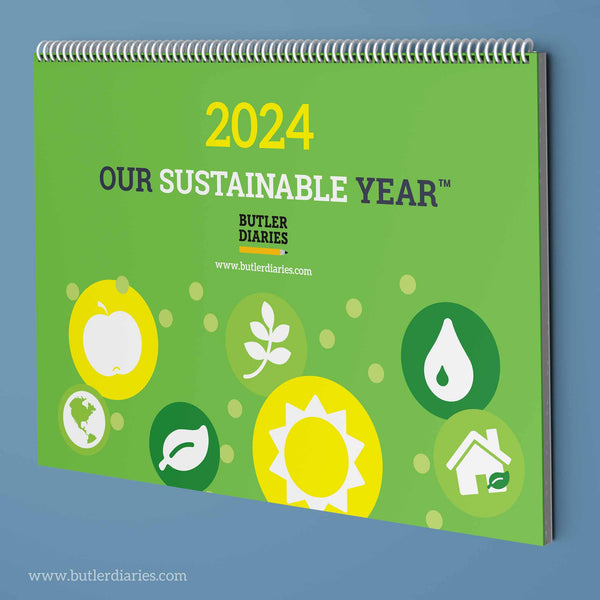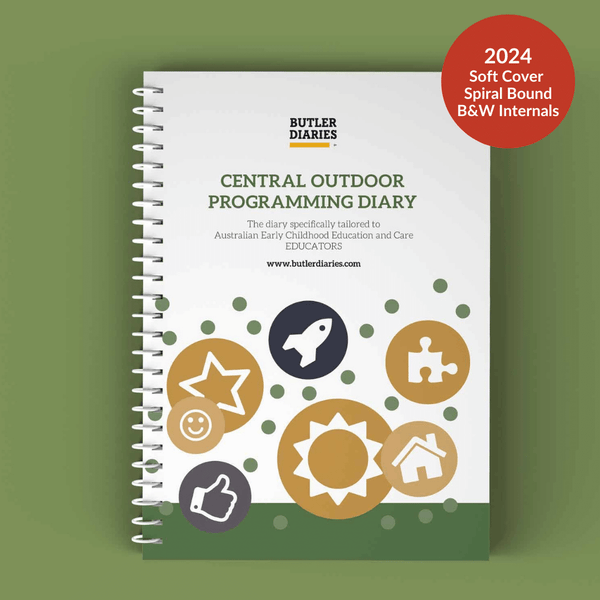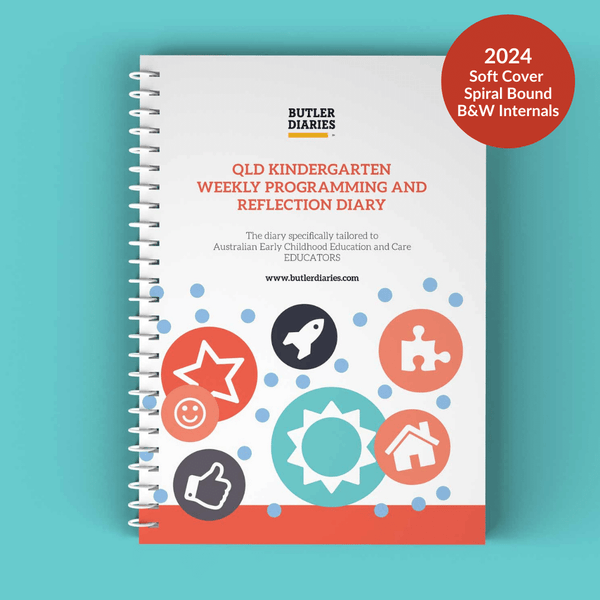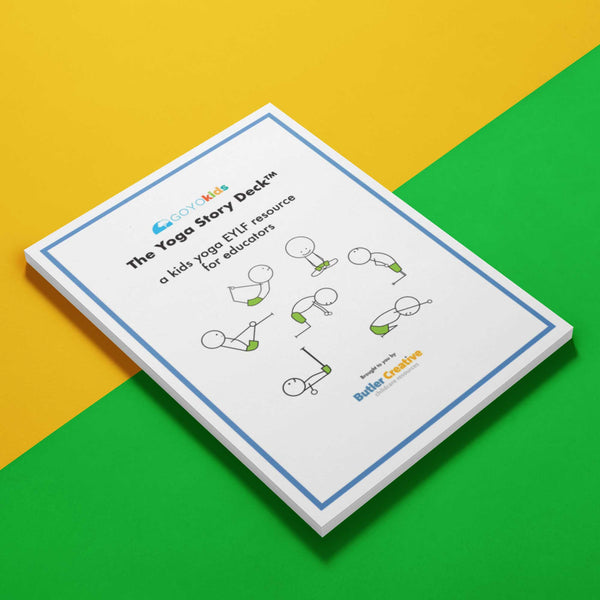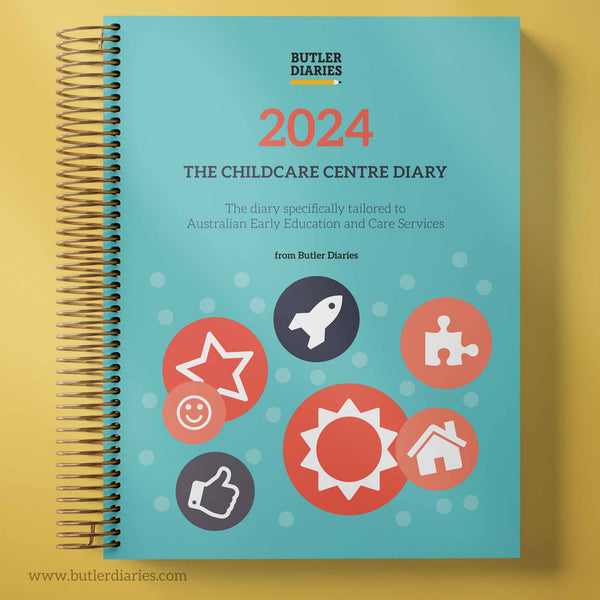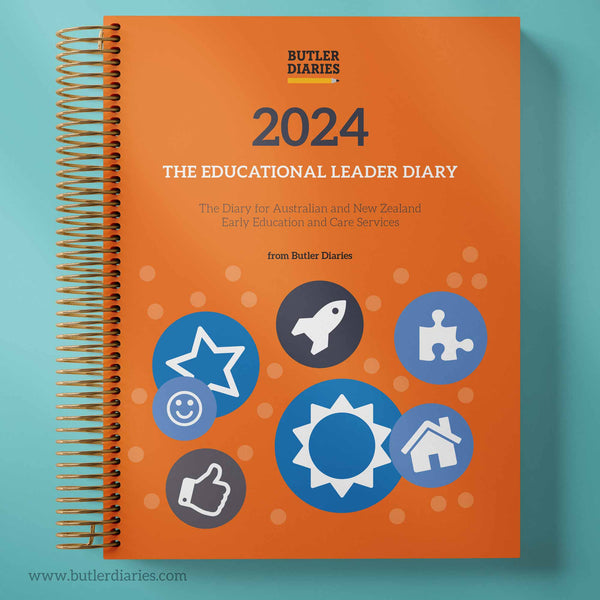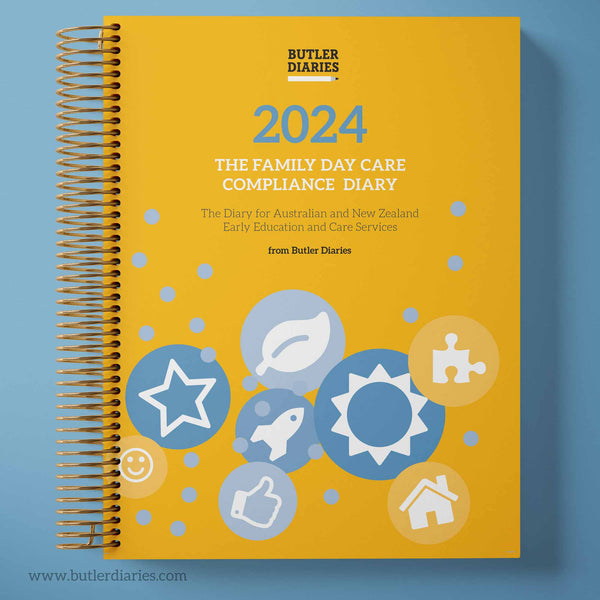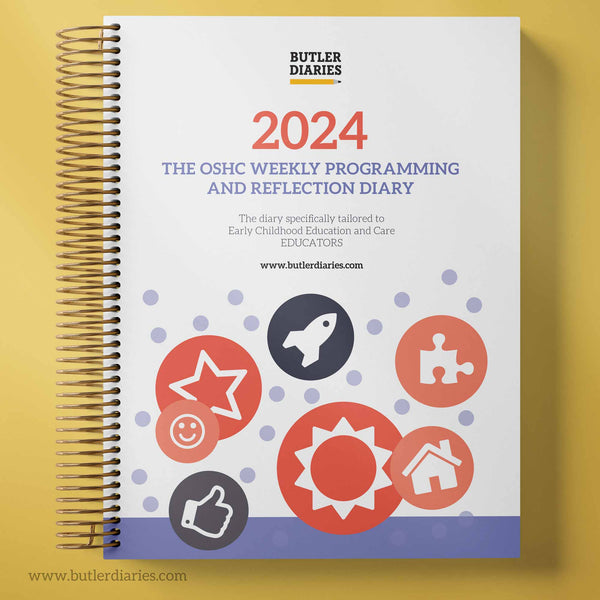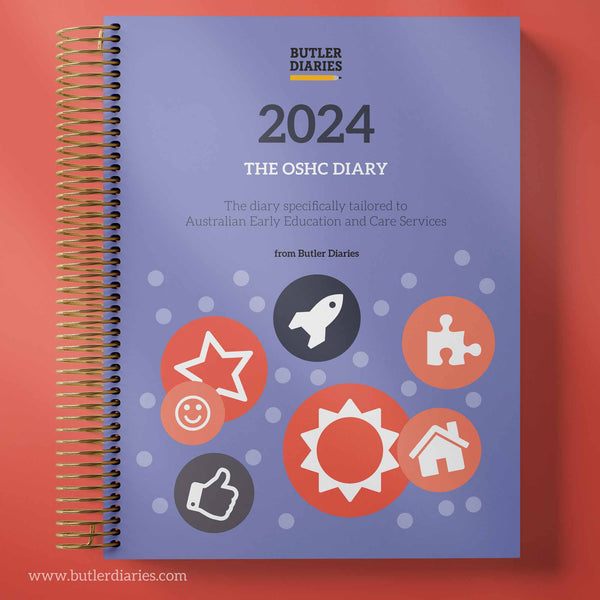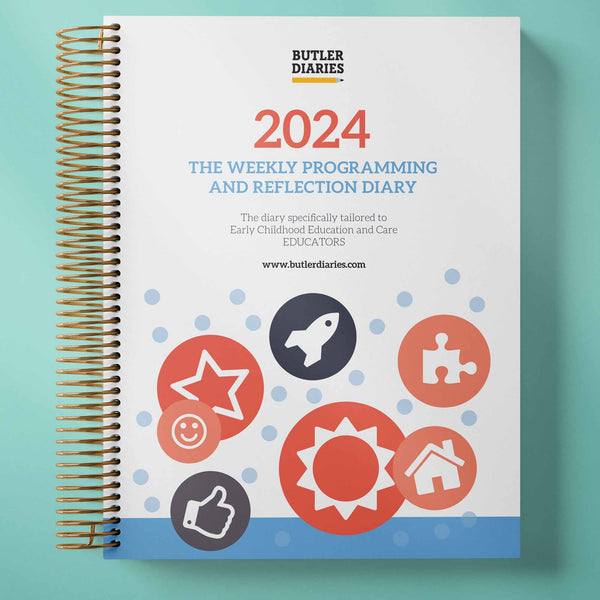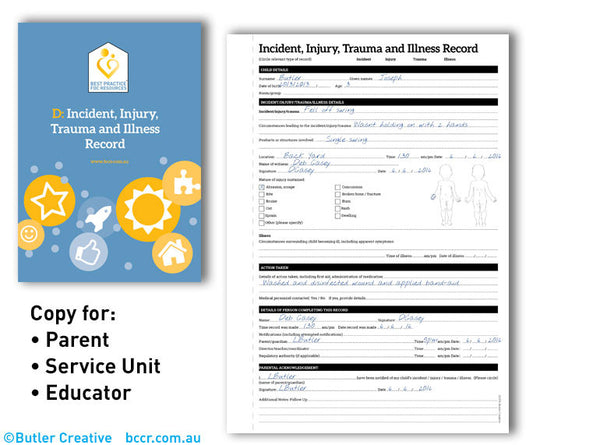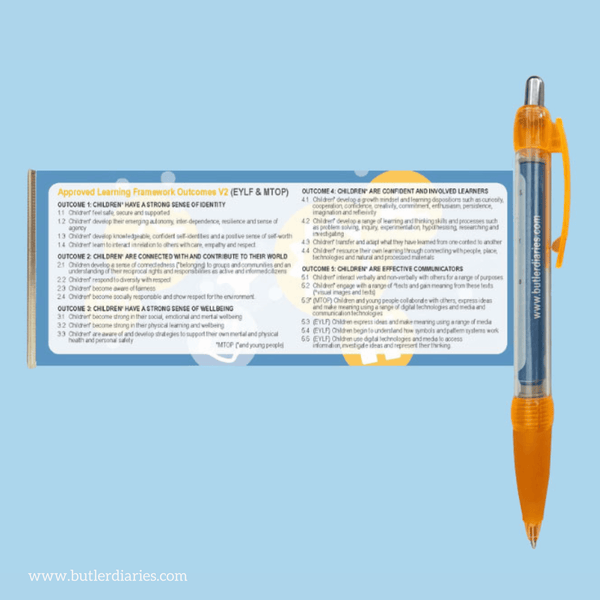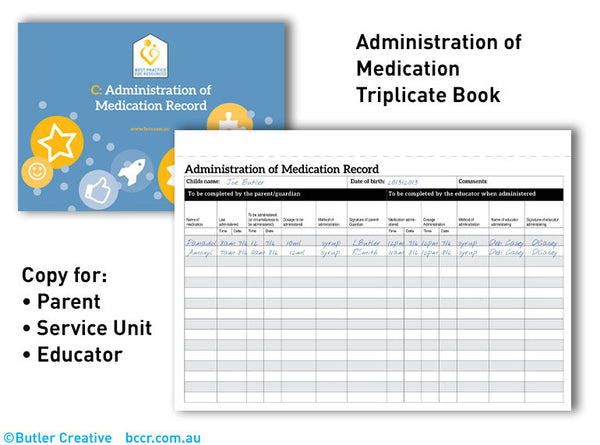Updates to the Early Years Learning Framework and My Time, Our Place Framework have been released in 2023. The new Approved Learning Frameworks will be recognised alongside the 2012 Frameworks until early 2024 in which V2.0 of both Frameworks will replace V1.0. This means Approved Providers, Nominated Supervisors, Educational Leaders, and Educators have a year to become familiar with the changes and ready to apply the updated learning frameworks to their educational program and practice by February 2024.
Here we unpack the changes to the Early Years Learning Framework and My Time, Our Place Framework to support you in your understanding and help you plan for reflective discussions, staff meetings, professional development, and Quality Improvement Plan updates in the lead up to 2024.
In this Article
- Summary of the Changes to EYLF New Version and MTOP New Version
- What do the EYLF and MTOP Framework Changes Mean for you ?
- Educational Leaders and Nominated Supervisors
- Educators
- Early Childhood Teachers
- General Tips for Recording Evidence of your Transition
- Unpacking the New EYLF and MTOP V2.0
- Overview of Content Changes
- Belonging, Being and Becoming
- Children's Learning
- Strengthening the Link Between Vision and Planning Cycle
- Principles and Practice
- Learning Outcomes
- Other Compliance Support
- Frequently Asked Questions
Summary of the Changes to EYLF and MTOP
The changes have been applied to the two Nationally Approved Learning Frameworks:
- The Early Years Learning Framework for Australia, and
- My Time, Our Place Framework for School Age Care in Australia
In the revisions, current research in the field, feedback from the Early Learning Sector, and in-centre testing was used to form the new Frameworks.
The main changes focus around the following core areas:
- Enhancing Aboriginal and Torres Strait Islander perspectives,
- Moving away from 'cultural competence' to 'cultural responsiveness',
- The planning cycle,
- Assessment and evaluation,
- Sustainability, and
- Collaborative Leadership
These changes have been applied to principles, practice and learning outcomes.

Image from: https://www.acecqa.gov.au/sites/default/files/2023-01/EYLF-2022-V2.0.pdf
What do the EYLF and MTOP Framework Changes Mean for you?
All approved providers and nominated supervisors are required to ensure early education and care offered to children at their service is delivered in accordance with Approved Learning Frameworks as per section 168 of the National Law. This means the new Frameworks will need to govern your service's program and practice from 2024.
What does the new MTOP and EYLF mean for Educational Leaders and Nominated Supervisors?
You will have the remainder of 2023 to support your educators and service in understanding the changes in the new Frameworks. You will have to work with your team to create a plan to reflect on the new changes and note improvements that will need to be undertaken to meet the new Framework and include this in your Quality Improvement Plan. You will need to support educators and the service in setting goals as they begin transitioning to the new Framework.
As per NQS 7.2.2 Educational leadership, the educational leader is supported and leads the development and implementation of the educational program and assessment and planning cycle.
How can you show evidence of your transition over the year?
Educational Leaders can capture their reflective conversations with educators, families, and the team, meetings, identified professional development areas, and goals on the new changes in their Educational Leader Diary.
While Nominated Supervisors can note changes to the QIP, keep a record of meetings, training, and family communication on the new Framework in their Nominated Supervisor Diaries.
Capturing your evidence on your transition and the critical reflection that has taken place collaboratively will support you in Assessment and Rating and help you be ready for the Frameworks to be replaced in 2024.
How does the new EYLF and MTOP change program and practice for Educators?
Educators will have to begin transitioning to the new Framework and reflect on their current program and practice to identify areas for improvement. There may be some elements that are already present in your room and other areas that will require collaborative teamwork to assess and set goals for improvement.
How can you show evidence of your transition over the year?
The Weekly Programming and Reflection Diaries include a Reflection Spread which is perfect for showing your critical reflection in regards to the new Frameworks. Reflect on your new Framework goals in Professional Inquiry and keep track of the training and mentoring received in your Professional Development Summary. As you begin discussing the upcoming changes with families, record your collaboration in Family Input.
If you do not already have a Weekly Programming and Reflection Diary, you can purchase a 6 Month Diary for July-December 2023 that includes EYLF and MTOP V2.0. If you already have a Weekly Programming and Reflection Diary but would like to use V2.0 now, we have included an Updated V2.0 Learning Outcome box in our Sticker Paper Pack so you can replace your learning outcomes with V2.0 outcomes now.
General Tips for Recording Evidence of your Transition
In addition to including alternative words to use in observations, our Bookmarks now also include a list of key themes from the new Framework to support you in your thinking, reflections and planning.

We have also introduced a Programming and Reflection Printer Pack that includes a Print Ready Template for your Reflection Spread in your Weekly Programming and Reflection Diary. Simply drag and drop your photo evidence, customise with the new Framework Stickers and cut out. The Programming and Reflection Printer Pack also includes a template of Updated V2.0 Learning Outcomes you can stick over your current Learning Outcome box in your Weekly Programming and Reflection Diary program spread! No more sticking your pages... or hands... together. Learn more here.
Our Individual Observations Book and My Amazing Year Portfolio have been updated to include the new learning outcomes so you can show how children's learning is being planned inside V2.0.
It would also be helpful to create a key to identify when planning, goals, reflections, and other documentation relate to your transition to the new Framework such as V2 or NF.
Check out the complete New EYLF and MTOP V2.0 collection here.
Unpacking the New EYLF and MTOP V2.0
Overview of Content Changes
The importance of children's wellbeing on their learning has been emphasised in the Frameworks and the recognition that children's learning, development, and wellbeing happens within relationships. Partnerships with children, families, colleagues and other professionals to influence decision-making is clearer. Decision-making in partnerships should occur in a continuous cycle of planning with critical reflection as key.
Belonging, Being and Becoming
Belonging, Being and Becoming remains the core foundation of the new EYLF and MTOP Frameworks but have been expanded to include current knowledge in the field.
Belonging now includes local and global communities as it recognises how digital technology is connecting us beyond our local communities.
Being acknowledges the past, present, and development of identity and the role of past experiences on being.
Becoming acknowledges children's capabilities and participation as active citizens.
Children's Learning
Play-based learning has been clarified along with its connection to children's learning, development and wellbeing. The focus is to assist educators in understanding children's learning, development and wellbeing within the context of play and the development of resilience and a growth mindset.
Strengthening the Link Between Vision and the Planning Cycle
The Cycle of Planning has been updated to strengthen the continuous cycle of planning, implementation, critical reflection, assessment and evaluation. It strengthens educators focus on planning and applying a strategic and reflective approach to children's learning. The cycle captures decision making and planning happening in the moment, day, and over time.

Image from: https://www.acecqa.gov.au/sites/default/files/2023-01/EYLF-2022-V2.0.pdf
The steps include:
- Observe / Listen / Collect
Using multiple sources to gather and document learning, development and wellbeing. This information can be collected during routines, planned and spontaneous experiences, and interactions ensuring children and families are heard.
- Assess / Analyse / Interpret Learning
Professional knowledge, theorists, and the Frameworks are used to assess, analyse and interpret children's learning. Children's own awareness and understanding of their learning should also be included. Our resource, 'Linking Theorists to the EYLF Outcomes' can also support you.
- Plan / Design
Your planning is informed by this meaningful analysis of information collected and used to enrich and extend on children's learning. Your planning is intentional and considers strategies, content, resources, and indoor and outdoor environments.
- Implement / Enact
Your plan is actioned and educators show their intentionality in regards to the planning cycle and children's learning.
- Evaluate / Critically Reflect
Plans are evaluated and critically reflected on to show how meaningful and effective they were in children's learning and wellbeing.
How can you show evidence of your transition over the year?
Your continuous cycle of planning can be captured and recorded in your Weekly Programming and Reflection Diary in the programming and reflection pages with areas to capture and reflect on programmed and spontaneous learning and development, interactions with children and families, and children's wellbeing during different points of your day including routines and planned and spontaneous experiences.
Your Individual Observations Book and My Amazing Year Portfolio with Frameworks 2.0 can be used to analyse the learning collected and collaborate with families. This will inform your following week's programming in your Weekly Programming and Reflection Diary as you plan your extensions, intentional teaching, resources used, and your environmental changes. Your Central Outdoor Weekly Programming and Reflection Diary ensures learning and your cycle of planning does not stop at the door and promotes collaborative teamwork.
You evaluate your plan in the reflection spread, check out this article for tips on what to think about when critically reflecting.
To make showing your evidence even easier. We have introduced the Programming and Reflection Printer Pack that includes Print Ready Photo Evidence and links back to the V2.0 of EYLF and MTOP.
Principles and Practices - Childcare
The principles and practice included in the Frameworks have been expanded and updated to include new principles and clearer information. The Belonging, Being, and Becoming image has been updated to show the changes.
Note: Principles and practices have not been listed in order of priority but represent an overview of the principles and practices that reflect new research.

Image from: https://www.acecqa.gov.au/sites/default/files/2023-01/EYLF-2022-V2.0.pdf
Principles
The principles are now:
- Secure, respectful and reciprocal relationships
The role of positive relationships and interactions on children's brain development has been included in this principle. A key theme of EYLF and MTOP is the importance of relationships between children and educators and peers. Educator's role is to support children in their own and others' wellbeing by valuing rituals and routines.
How can you show evidence of your transition over the year?
Plan and document interactions and relationships with children in your Weekly Programming and Reflection Diary under Group Learning and in the reflection spread under Intentional Teaching and Programmed Goals as well as in your Individual Observation Book and My Amazing Year Portfolio.
- Partnerships
The focus on partnerships has been expanded to also focus on connections with schools and child and family professionals. It support educators develop trauma-informed practice by recognising the importance of partnerships with professionals. It supports educators in creating cultural safe spaces when working with diverse families and children to strengthen partnerships. Educators play a vital role in supporting families and children with e-safety.
How can you show evidence of your transition over the year?
Your Group Learning (Intentional Teaching) box in your Weekly Programming and Reflection Diary can capture the planned experiences in these new areas. You can reflect on your environmental changes to create culturally safe spaces in your Changes to the Environment box on your reflection spread. Capture your expanding professional relationships that are forming trauma-informed practices in your Professional Inquiry box.
- Respect for diversity
The definition of respect for diversity has grown to include valuing tradition, heritage and ancestry and supports educators in building culturally safe environments that "acknowledge the histories, cultures, language, traditions, religions, spiritual beliefs, child rearing practices and lifestyle choices of families."
- Aboriginal and Torres Strait Islander perspectives (new principle)
Aboriginal and Torres Strait Islander perspectives was added as a new principle to value the knowledge, cultures, and perspectives throughout the EYLF and MTOP. It supports children to become active and informed members of the community that celebrate the Aboriginal and Torres Strait Islander cultures and history.
How can you show evidence of your transition over the year?
To capture Respect for Diversity and Aboriginal and Torres Strait Islander perspectives, use the planning spread in your Weekly Programming and Reflection Diary. Our Culturally Responsive Year Calendar supports you in ensuring Aboriginal and Torres Strait Islander perspectives are embedded in your program rather than "bolted on." We also have resources to strengthen the embedment of Aboriginal and Torres Strait Islander perspectives.
- Equity, inclusion, and high expectations (renamed principle)
This principle has been expanded to recognise all children's right to quality and inclusive education that celebrates and makes visible children's diversity.
How can you show evidence of your transition over the year?
You can show evidence of an inclusive program that values each child's diversity by capturing children's choices and collecting family input from each child that represents their uniqueness and makes their diversity visible. Record your collection, planning, reflection, and extensions in your Weekly Programming and Reflection Diary.
- Sustainability (new principle)
Sustainability has been expanded to include three interconnected dimensions: environmental, social, and economic sustainability. It recognises children's active role as informed citizens and their personal interest in a fair and sustainable world.
How can you show evidence of your transition over the year?
We have a special interest calendar for Sustainability so your Sustainable Practices can be recorded and reflected on alongside children.
- Critical reflection and ongoing professional learning (renamed principle)
More support has been included to clearly define the difference between reflection and critical reflection being that critical reflection is a process undertaken with others (the team, children, families). Educators have been recognised as committed life-long learners.
- Collaborative leadership and teamwork (new principle)
The quality of educational programs and practices depends on collaborative leadership and teamwork of all educators. It emphasises effective leadership and its links to outcomes for children.
How can you show evidence of your transition over the year?
Use your Weekly Programming and Reflection Diary's professional inquiry box to record how your team, community, children, families, and other professionals are contributing to your reflections and planning. Encourage a collaborative approach to planning and reflections with all team members contributing to the program and the centre's overall contributions can be added from staff meetings and reflective conversations.
Practice
- Holistic, integrated and interconnected approaches (renamed practice)
A holistic approach has been made clearer and the principle highlights the importance of educators building their pedagogy and practice from the entire Framework including the Vision, Principles, Practices, and Learning Outcomes.
How can you show evidence of your transition over the year?
When recording your planning in your Weekly Programming and Reflection Diary, you link your program to the Learning Outcomes. When reflecting in the Reflection Spread, draw on the new Framework's Vision, Principles, and Practices to guide your practice and extension planning.
- Responsiveness to children
Responsiveness to children has been clarified and educator's responsiveness to children's funds of knowledge (experience they bring) is a key to a child-centred program and optimised outcomes for children.
How can you show evidence of your transition over the year?
You are already most likely showing responsiveness to children in your interactions and discussions, where you actively listen, learn together, and respond in ways that best suit the child. Adapting your mindset to see this responsiveness as an intentional teaching strategy will support you in recording it in your Weekly Programming and Reflection Diary.
- Play-based learning and intentionality (combined and renamed practice)
The connection between play and intentionality has been strengthened for both children and educators to emphasise their roles in play, teaching and learning. Educators are expected to be intentional in all aspects of practice. Multimodal play is described as a means for combining digital technologies, media and culture to strengthen children's learning opportunities.
How can you show evidence of your transition over the year?
Your Weekly Programming and Reflection Diary is already designed to capture play-based learning and intentionality of your planning. It includes planning and reflections for all aspects of your practice so you can be intentional during routines, transitions, play, and interactions.
- Learning environments
Indoor and outdoor environments have been defined and descriptions have been provided for:
- Physical
- Temporal (how you use time)
- Social and intellectual
- Trauma-informed elements
Creating intercultural spaces to share both western and Aboriginal and Torres Straight Islander knowledges is described and includes the opportunity to learn on Country. Environments should be responsive to the local community and each child's strengths, language, culture, and interests.
How can you show evidence of your transition over the year?
Your Weekly Programming and Reflection Diary captures your planning and your reflection spread records your Changes to the Environment which can be used to consider physical, temporal, social, intellectual and trauma-informed elements. When combined with the Central Outdoor Weekly Programming and Reflection Diary, the intentionality of all your environments is recorded. You can capture your intercultural spaces in your Our Culturally Responsive Year Wall Calendar and value Country with support from our IndigiSTEM resources.
- Cultural responsiveness (renamed practice)
Cultural responsiveness as a practice is a deeper understanding and commitment to all cultures and diversity including Aboriginal and Torres Strait Islander perspectives in all areas of practice. Cultural responsiveness moves beyond competence and encompasses respect, self-reflection, ongoing learning and commitment to improving your practice.
How can you show evidence of your transition over the year?
Many of you would have already begun this transition using Our Culturally Responsive Year Wall Calendar which we released last year.
- Continuity and transitions
Children's funds of knowledge, their individual, family, and community ways of being, belonging, and becoming, has been clearly defined. Transitions, both everyday and larger transitions to other settings, are discussed in continuity to build positive transitions for children. This approach to transitions values children and family's knowledge and experience and recognises children's changing identities as they transition to a new setting.
How can you show evidence of your transition over the year?
In your Weekly Programming and Reflection Diary Routines and Transition box, expand your thinking to the small and large transitions your children experience. From drop off and pick up, to room transitions, and all the through to transitioning to big school, consider how you are creating positive transitions for children and reflect on how your routine and transitions can better meet children's needs. Also consider transitions to other services and other professionals.
- Assessment and evaluation for learning, development, and wellbeing (renamed practice)
The difference between assessment and evaluation is included and three types of assessment have been defined:
- Formative assessment
- Summative assessment
- Assessment as learning to facilitate awareness, contributions and appreciation of children's own learning
Critical reflection and family feedback is vital to evaluation and improves educator's practice. These approaches create authentic and meaningful assessment and value children's role in assessing their learning. They capture an inclusive and holistic view of children's learning.
How can you show evidence of your transition over the year?
You are likely already capturing these different forms of assessment with the help of Butler Diaries and this Practice can be used to strengthen your understanding of the different assessments captured throughout the year and their role in documenting learning.
Learning Outcomes
The learning outcomes now include examples of new principles and practices, play and learning, and how to better reflect diversity. Examples include further support for new and existing principles and practices.
Note: All MTOP outcomes now begin with Children and young people.
Learning Outcome 1
- 1.3 Renamed to Children develop knowledgeable, confident self-identities and a positive sense of worth
The outcome reflects the idea that children's self-worth, uniqueness and positive view of themselves is framed by their identity. It considers personal and social identity and the identities of Aboriginal and Torres Strait Islanders.
Learning Outcome 2
- 2.1 Expanded to Children develop a sense of connectedness to groups and communities and an understanding of their reciprocal rights and responsibilities as active and informed citizens
Children's connection with community is strengthened in relation to their connection with global communities due to digital technology. The outcome describes digital contexts and the role of digital technologies in learning and communication. The broadened description of sustainability identified in the new Principle (environmental, social and economic) is included. Aboriginal and Torres Strait Islander's connection with the land is explored.
Learning Outcome 3
- 3.1 Expanded to Children become strong in their social, emotional and mental wellbeing
- 3.2 Split into two elements Children become strong in their physical learning and wellbeing
- 3.3 New outcome Children are aware of and develop strategies to support their own mental and physical health and personal safety
The expanded outcomes strengthen mental health promotion and acknowledge the importance of children's wellbeing on their learning and development. It emphasises children's responsibility for their health and safety and includes teaching and learning about personal safety.
Learning Outcome 4
- 4.1 Updated to Children develop a growth mindset and learning dispositions such as curiosity, cooperation, confidence, creativity, commitment, enthusiasm, persistence, imagination and reflexivity
- 4.2 Updated to Children develop a range of learning and thinking skills and processes such as problem solving, inquiry, experimentation, hypothesising, researching and investigating
Research and understanding on children's development of conceptual thinking and the brain has been included to support a growth mindset and language of learning. The outcomes promote explaining to children how their brain works and using language to assist learning and a growth mindset.
Learning Outcome 5
- EYLF 5.5 Updated to Children use digital technologies and media to access information, investigate ideas and represent their thinking
- MTOP 5.3 Updated to Children and young people collaborative with others, express ideas and make meaning using a range of digital technologies and media and communication technologies
It expands to include the many ways children communicate, numeracy in mathematical thinking, active listening's role in literacy and learning, and e-safety. Additional guidance has been included for oral, aural and nonoral languages, communication through arts, mathematical thinking, and children's use of technology.
How can you show evidence of your transition over the year?
You can begin using key themes and examples from these adjusted outcomes when planning for children for example, begin developing a plan for addressing e-safety with children and families throughout the year.
You can record the transition to the new outcomes using the updated V2.0 of our Individual Observation Book and My Amazing Year Portfolio. Capture Photo Evidence with our Programming and Reflection Printer Pack that includes Print Ready Templates and links back to EYLF and MTOP V2.0.
Check out the complete New EYLF and MTOP V2.0 collection here.
Other Compliance Support
It's the year of changes! As of March 1, 2023, new regulations come into place for centre-based services offering Transportation. We have introduced the Transportation Log Duplicate Book to support you in keeping compliant records. You can learn more about the new regulations here.
Frequently Asked Questions
When does the new Frameworks apply?
The new Framework has been approved for use under the National Quality Framework. This means you can use the Framework from now. It is recommended educators begin understanding the goal behind the changes, have reflective discussions, and start planning to show a full-service integration of the new Framework that goes beyond simple review. The new Framework is taking a phased approach:
- Public Release of new Framework from 23 January 2023
- Implementation will be mandatory from 1 February 2024

This is supported by Exceeding Theme 2: Informed by Critical Reflection;
"Critical reflection involves a deep level of regular and ongoing analysis, questioning and thinking that goes beyond evaluation and review. Critical reflection informs practice when the continuous reflection of all educators, individually and together, influences decision-making and drives continuous quality improvement."
To show critical reflection has informed your practice to drive your continuous improvement, the new Framework will require time to meaningfully apply to your services. Services should begin planning for the implementation of the new Framework and applying it in their program and practice.
What are the Nationally Approved Learning Frameworks?
As of 2023, the Nationally Approved Learning Frameworks include:
- Belonging, Being & Becoming: The Early Years Learning Framework for Australia Original
- Belonging, Being & Becoming: The Early Years Learning Framework for Australia V2.0, 2022
- My Time, Our Place Framework for School Age Care in Australia Original
- My Time, Our Place Framework for School Age Care in Australia V2.0, 2022
From 2024, the two Frameworks that will be considered Nationally Approved Learning Frameworks include:
- Belonging, Being & Becoming: The Early Years Learning Framework for Australia V2.0, 2022
- My Time, Our Place Framework for School Age Care in Australia V2.0, 2022

Image from: https://www.acecqa.gov.au/sites/default/files/2023-01/EYLF-2022-V2.0.pdf
What about the other Frameworks?
The VEYLDF and QKLG was not a part of the review of the Frameworks and remains unchanged.
When will the Guide to the National Quality Framework be updated?
ACEQUA and Government will provide resources throughout 2023 to support you through the changes, this includes an update to the Guide to the National Quality Framework.
How is Butler Diaries responding to the new Frameworks?
The updates have been released now to give services time to reflect on the changes, begin reviewing their current program and practice and planning for 2024. We will be providing resources and support (beginning with this one) to help educators and service providers understand, reflect on, and plan for the new Framework implementation and principles and practices childcare.
All 2024 Butler Diaries and Resources will be updated to reflect the changes in the new Early Years Learning Framework and My Time, Our Place Framework.
To keep up to date, head to the bottom of our website and subscribe to our Newsletter and follow our social accounts.
And check out what resources we have released for the New EYLF and MTOP V2.0 here.
References and Further Reading
Belonging, Being & Becoming: The Early Years Learning Framework for Australia Original
Belonging, Being & Becoming: The Early Years Learning Framework for Australia V2.0, 2022
My Time, Our Place Framework for School Age Care in Australia Original
My Time, Our Place Framework for School Age Care in Australia V2.0, 2022
Summary Video of "Approved learning frameworks update 2022"
‘What’s changed?’ fact sheet for the EYLF V2.0
‘What’s changed?’ fact sheet for MTOP V2.0
National Approved Learning Frameworks

